
Welcome To The Blog Section
You will find a wide range of informative articles here that cover various aspects of the sport. From beginner’s guides to advanced shooting techniques, you’ll find a wealth of knowledge to enhance your skills. The articles also provide insights into shooting equipment, game shooting, shooting kit bags, and new products.
Introduction Video
Latests Blog Articles
Here you’ll find a range of useful shooting blog posts including clay shooting, game shooting, shooting kit bag, new products, helpful tips, drills and lots more…
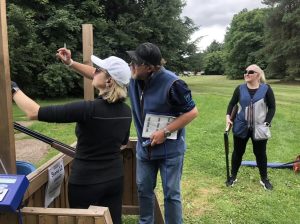
11 Qualities That Make a Good Shooting Instructor Great
A good shooting instructor possesses a combination of skills, knowledge, and qualities that contribute to effective teaching and the development of a shooter’s abilities. Whether
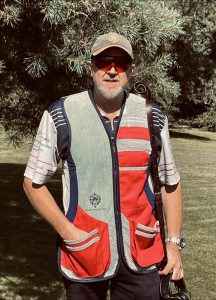
4 Ways a Superior Shooting Vest Improves Your Shooting Game
In the world of shooting sports, every detail counts. From the consistency of your mount to the connection with your gun and the accessibility of
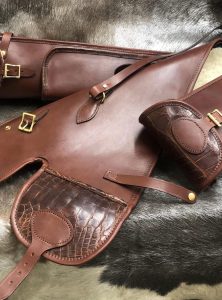
Protect Your Investment with a Roar Leather Premium Gun Slip
Let’s talk… Protection When you’ve invested thousands, or possibly even tens of thousands, in a high-quality shotgun, ensuring you safeguard that investment effectively is crucial.
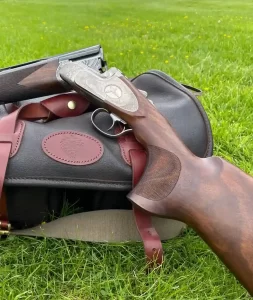
Custom Gun Stock Making
Let’s talk Custom Gun Stocks… I’m getting a lot of messages asking about the process and ‘who I would recommend to carry out the work’.
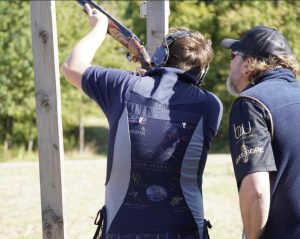
Clay Shooting Lessons in the Midlands: Learn the Basics
Looking for Clay Shooting lessons in the Midlands? With BW Clay Shooting, you’ll learn safety, shotgun skills and techniques for an unforgettable experience.
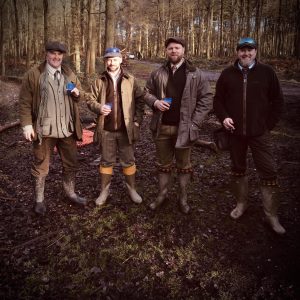
What To Wear For A Day’s Pheasant Shooting
Do you have any pheasant shooting lined up this season? If it is your first experience of game shooting, knowing what to wear may seem a little daunting.
Shooting advice:
How you approach your trips to your local clay ground will depend entirely on where you want to take your shooting. There is nothing to stop you from having fun while you are there, but the key is to have a clear idea of what you are trying to achieve, and a structured approach. Rather than thinking of it as practise, think of it as training; if you want to make the most of it, you need to take it seriously.
Any shooting you do, whether it is at clays, pigeons or game, will ultimately translate into muscle memory and habit. So practising poor technique will only compound the situation. Therefore, if you are struggling with a particular target, or if you aren’t happy with an aspect of your technique, the first thing you need to do is get some help. Get a lesson booked.
Trying to work out what you are doing wrong on your own can be both frustrating and counterproductive.
Only once you have ironed out any major faults in your technique and/or established how to tackle a particular target that you might be struggling with, should you practise on your own. Having said that, shooting on one’s own can be invaluable because it forces you to think for yourself and self-diagnose your faults when things aren’t going well. The more time you spend with a gun, training, the better you will become.
As already mentioned, you should arrive at the shooting ground with a plan, and that plan will be determined by how long you have. But regardless of whether you will be there for an hour or all morning, starting off with a few of your favourite clays can be a good idea as it will help to build your confidence up. In order to shoot well, you must be assertive and confident.
However there is no point in spending more than 10 minutes shooting clays that you know you can break easily; in order to improve, you must push yourself out of your comfort zone.
You may be having trouble with a particular target, or you may just want to work on your technique in preparation for the shooting season, but whatever your reasons for visiting the shooting ground are, make sure you have a plan, and stick to it.
As a rule of thumb, short, frequent sessions are better than long, infrequent ones. However, the key isn’t the amount of time you spend at the clay ground, but how you use that time. Remain focussed and make each and every shot/clay count.
The length of your session will once again depend on what you want to achieve. If you want to work on three different targets, you will need a minimum of an hour (you should do at least two separate sessions on each target). If you have less than an hour, focus on one or two clays and no more. However, if you stay on one clay for a whole hour, you will get bored, so spend 15 minutes on a target, take a break, do something completely different for 10 minutes, and then come back to it. And make sure you end up/finish off on a positive note; at the end of your session, you should be confident that you have mastered that particular shot or at the very least made considerable progress.
In terms of the number of clays per session, I would suggest a rate of 25 clays per 15-minute session is a good, steady pace (100 per hour) for an intermediate shot. For those more experienced, 125+ per hour is pretty reasonable. What is key is that you are using those clays to put solid building blocks in place.
Also you should try to practise your gun mount, swing and technique at home, using a pair of snap caps. I can’t stress enough how important and beneficial this can be as it helps you to build muscle memory.
Keep your sessions relevant.